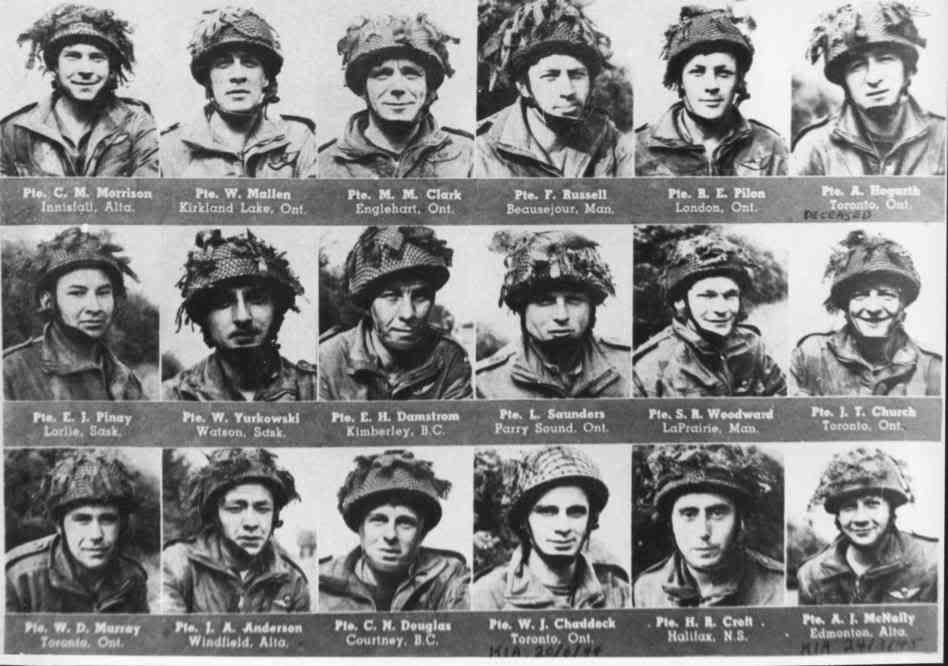There are plenty of excellent books out there, in particular I do enjoy reading Pegasus Bridge by Ambrose, which goes into detail about the British 6th Airborne. It's origins, training, the people who took part, the landings and action after D-Day. These men were tough. They had to be. Howard during training like the rest of D Company marched the men from Devonshire to Bulford, 130 miles in 1942. (Ambrose, p.p 35,36).
They trained at night and slept during daylight hours, this was unheard of at the time, but because of good training, on D-day itself 6th Airborne successfully captured the 2 bridges over the River Orne at Ranville and the canal bridge at Benouville (later called Pegasus Bridge). Taken to their destination in towed Horse gliders, the glider pilot training also paid off, landing with pin point accuracy next to the bridges and not in the canal or river. The bridges would be held until relieved, as they were vital for the allied advance inland on the outskirts of Caen.
British Paratroopers also took part in the battle in the early hours of the 6th June 1944. the Merville Battery was a target as it covered the coast, in particular Sword Beach http://www.bbc.co.uk/history/worldwars/wwtwo/dday_beachhead_01.shtml. Like most Paratroopers on D-Day, most were scattered over a wide area considerable distances from their objectives. To attack the battery Lt-Col Otway could only muster around 150 men, instead of 650 (See this link on the BBC History Website :http://www.bbc.co.uk/history/worldwars/wwtwo/dday_audio_04.shtml .The battery had to be taken before the seaborne landings took place, Otway had to attack as planned. The Paras went ahead, won the battle capturing around 30 Germans.
 |
| Plan Of Attack of Merville Battery |
 |
| Observation Photograph Of Merville |
Canadian paratroops also deserve a mention. The 1st Canadian Parachute Battalion was part of the 21st Army Group and their objectives included; securing Drop Zone V by destroying a German HQ, destroying bridges at Robehomme and Varaville, providing cover to the British 9th battalion at Merville and securing high ground at Le Mesnil Crossroads http://www.magma.ca/~canpara/history.html#set_3.
Bibliography
Ambrose, S, Pegasus Bridge.
Neillands, R, De Normann, R, D-Day 1944 Voices From Normandy.





.jpg)